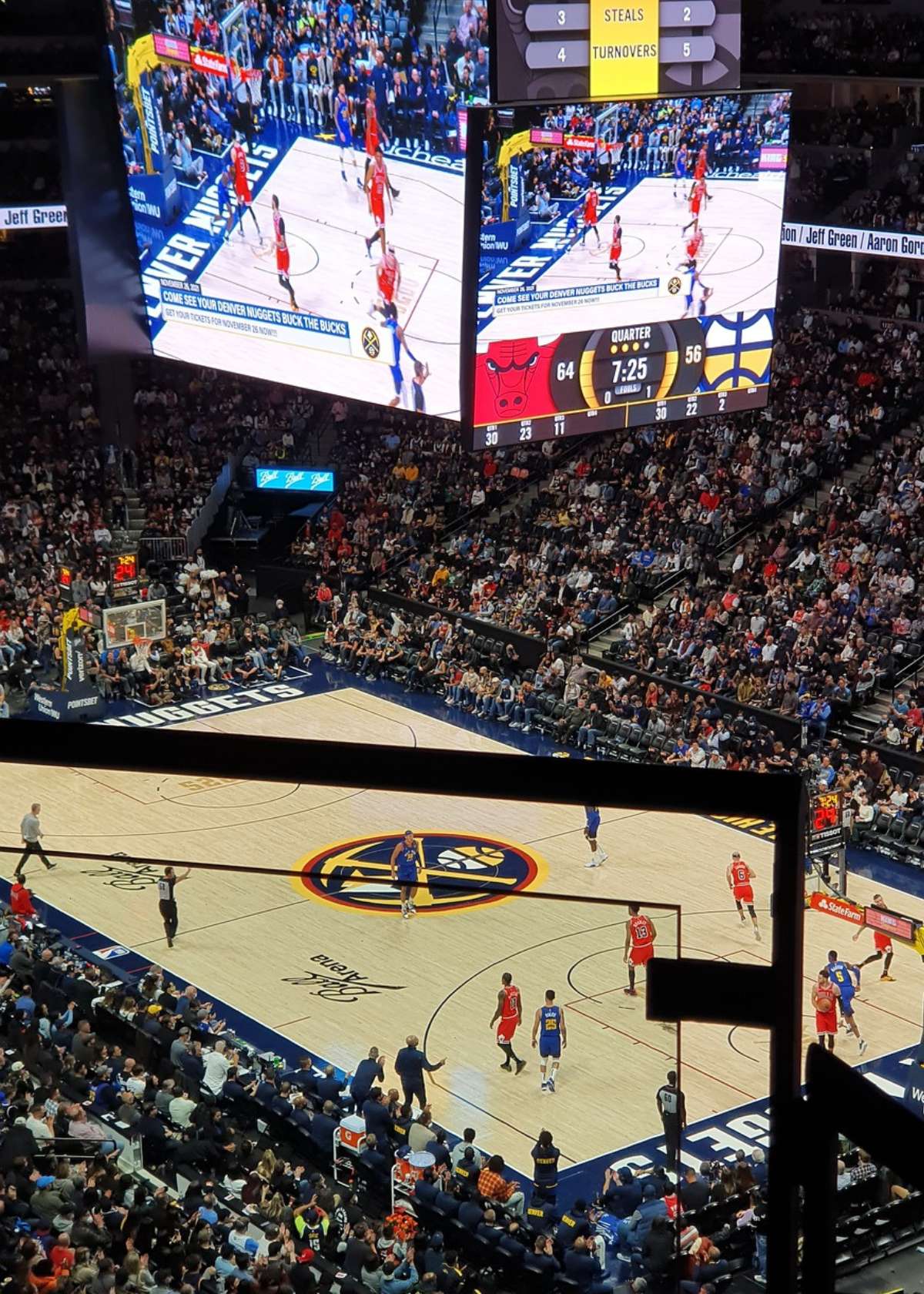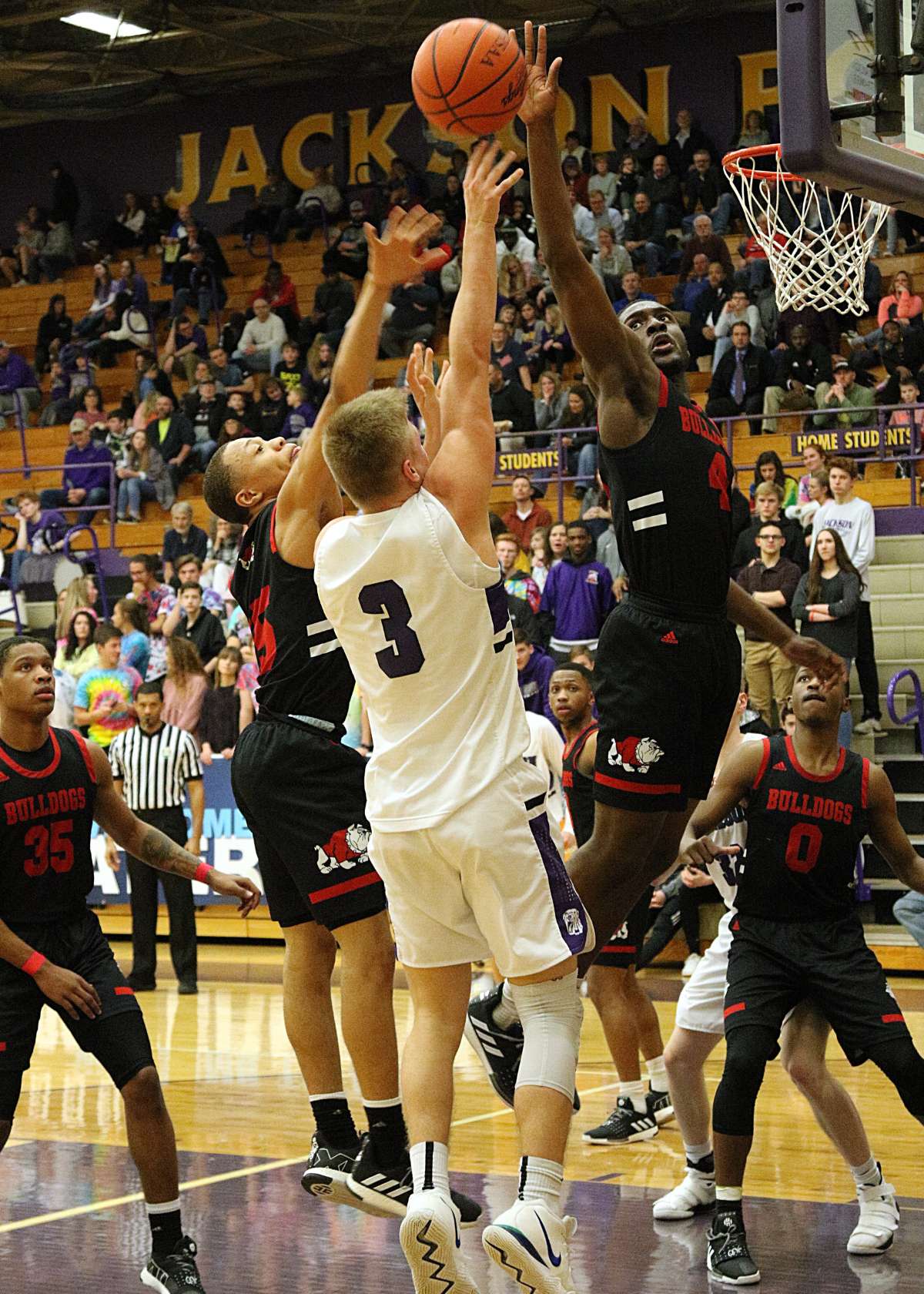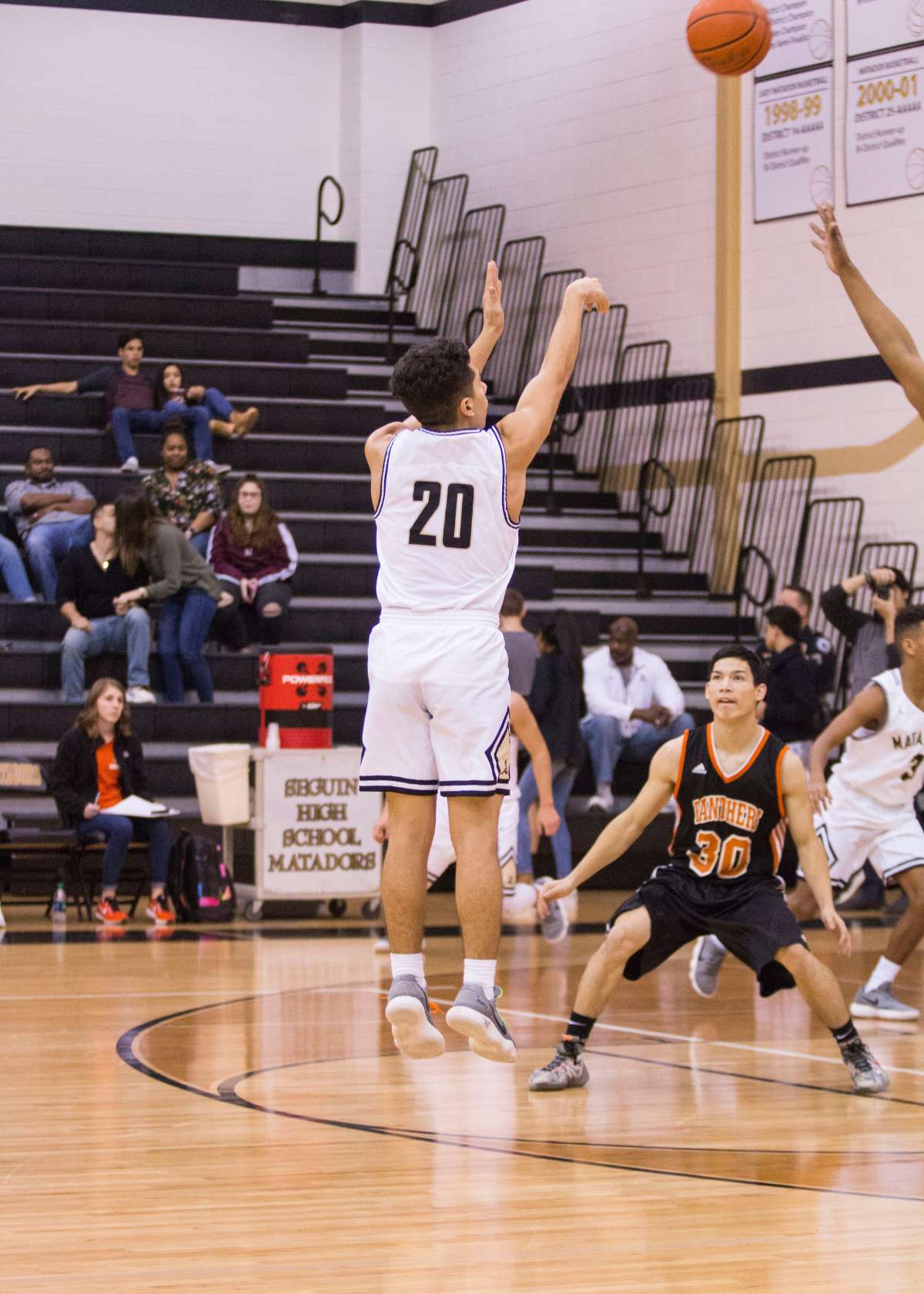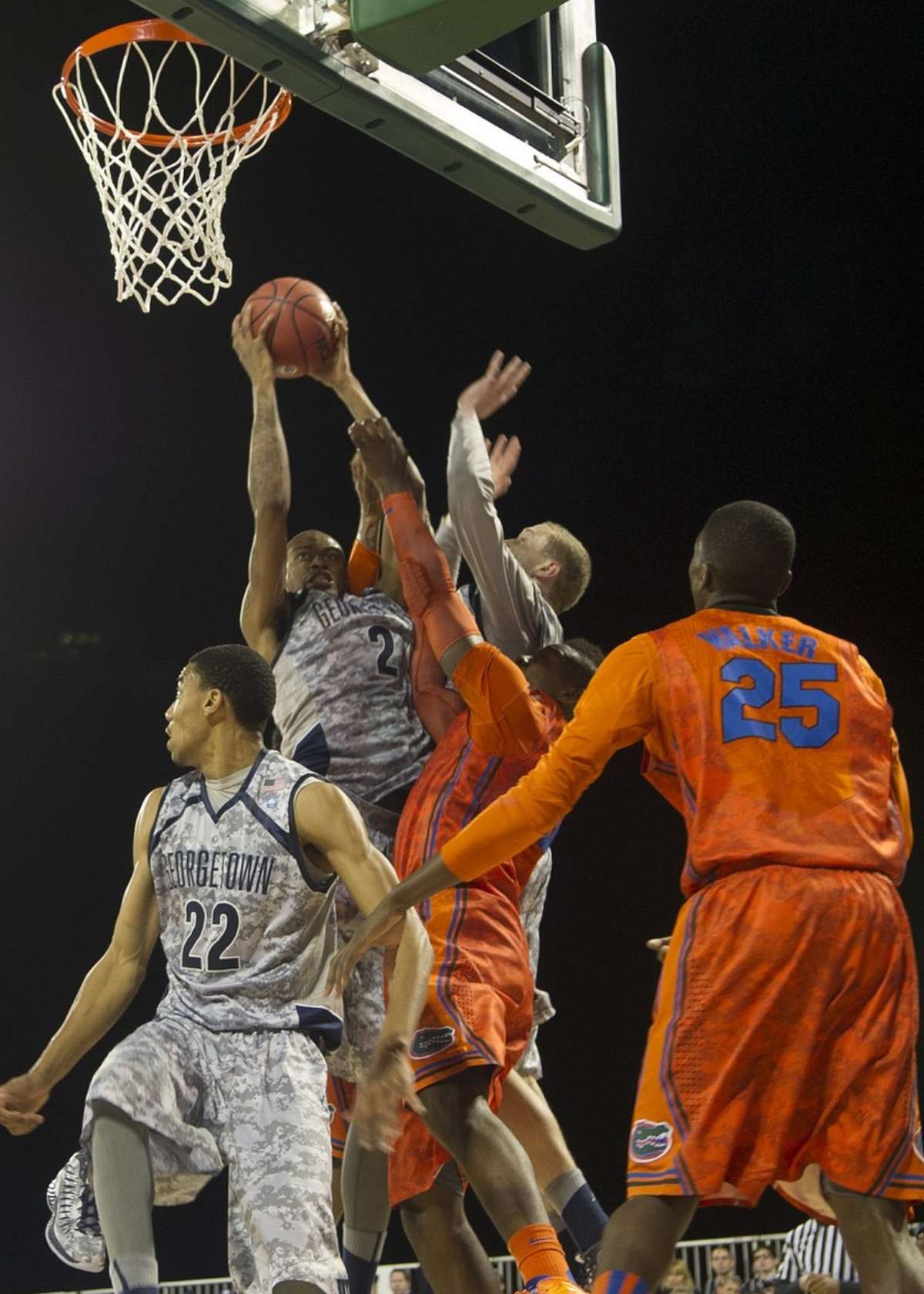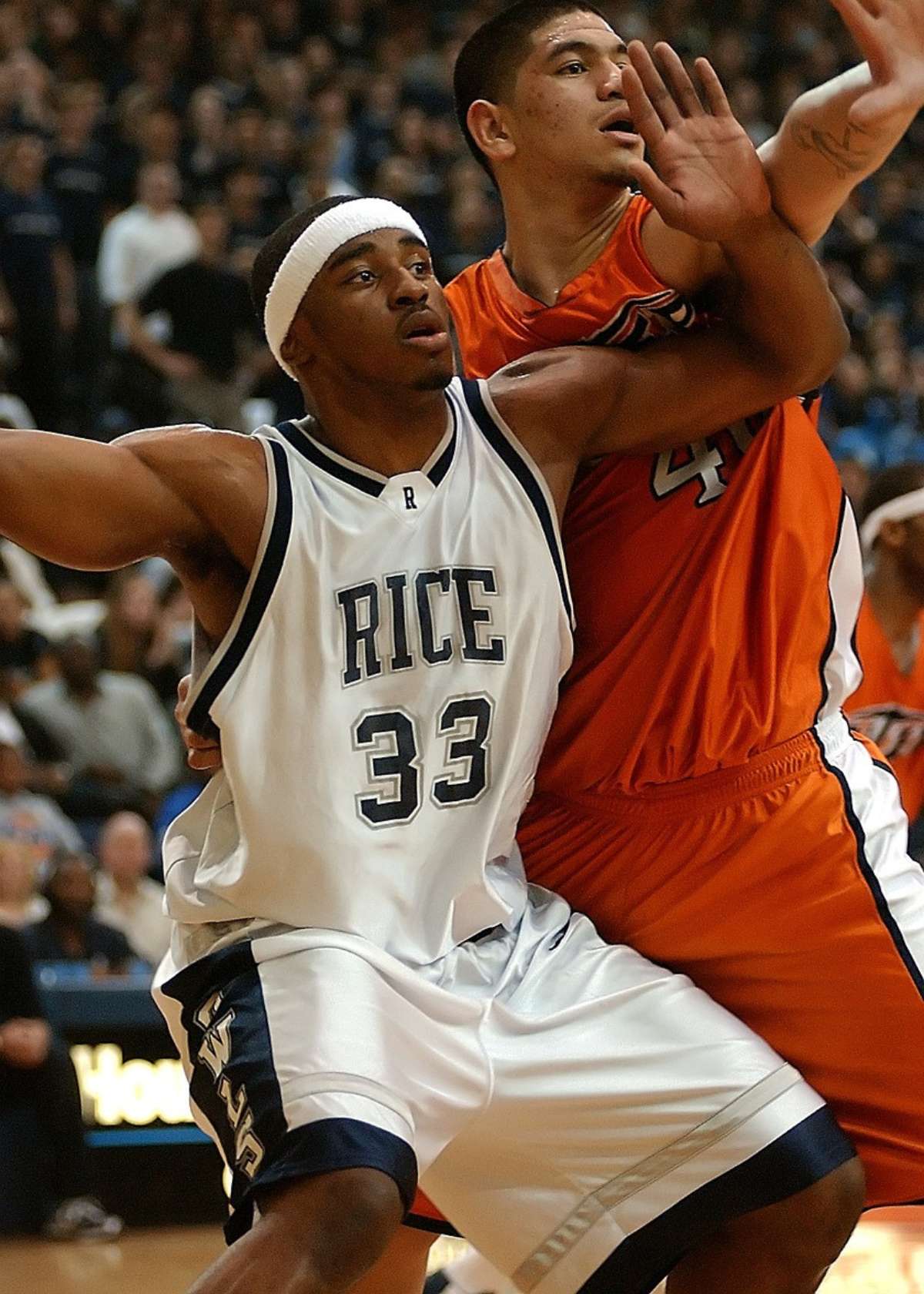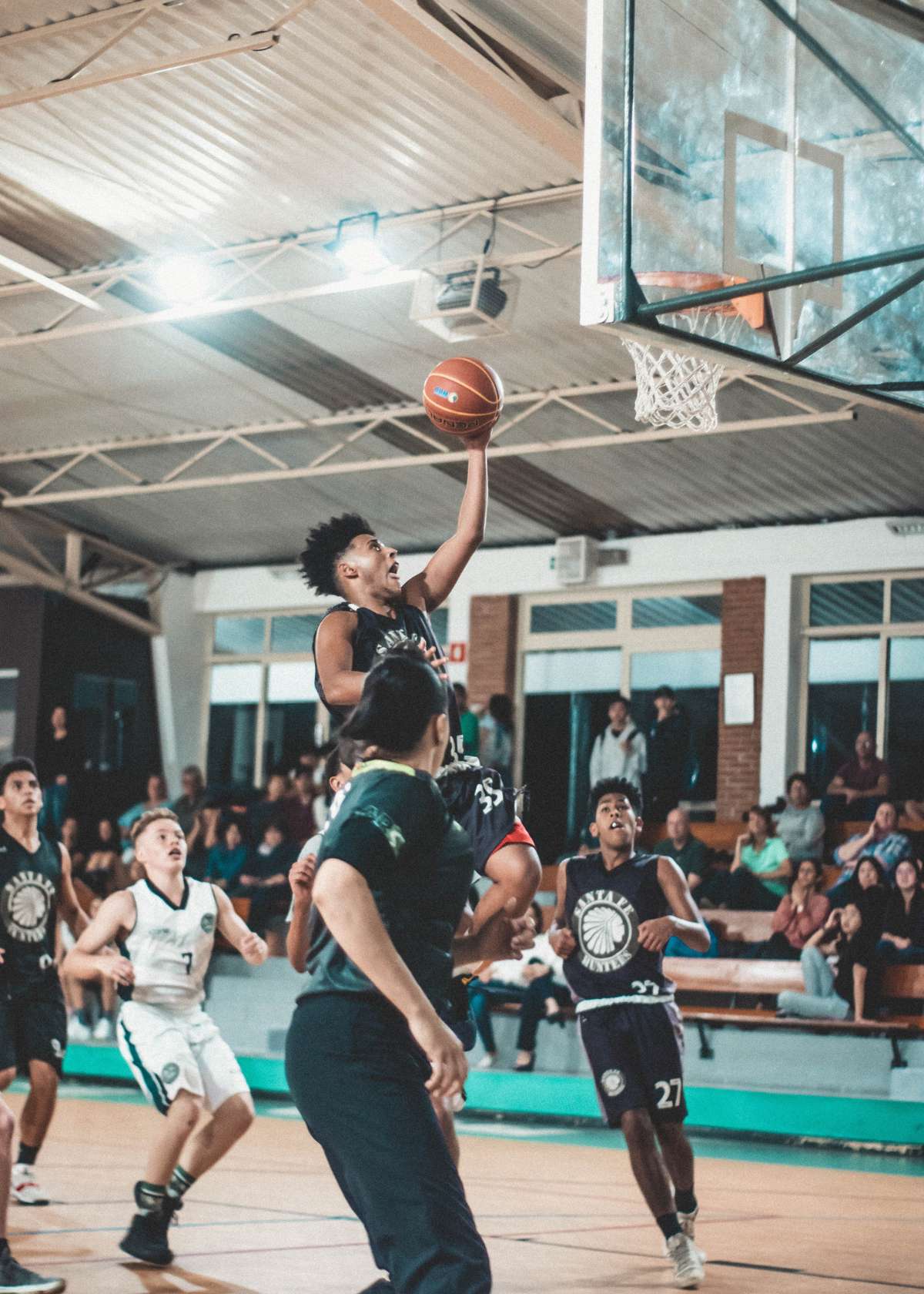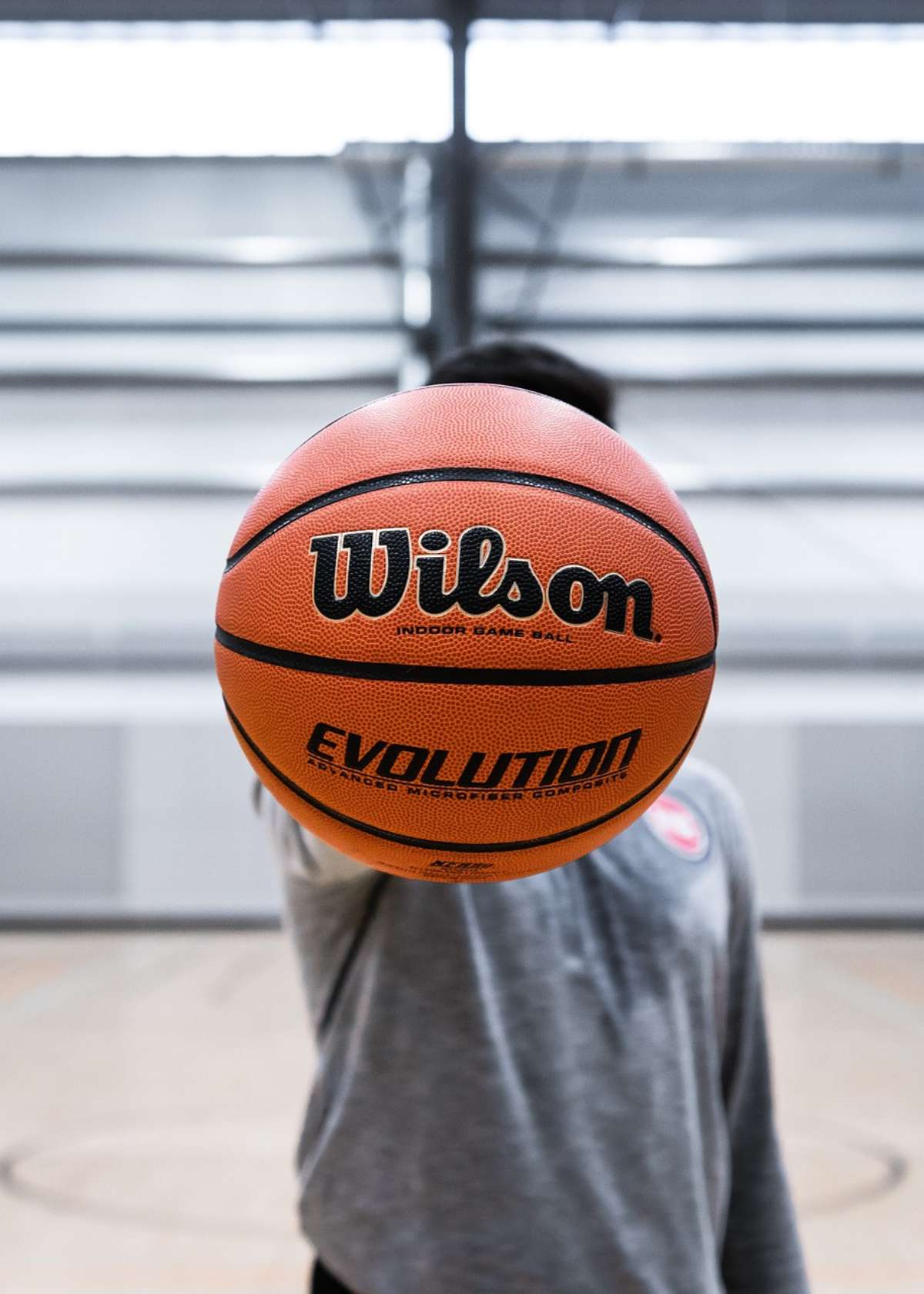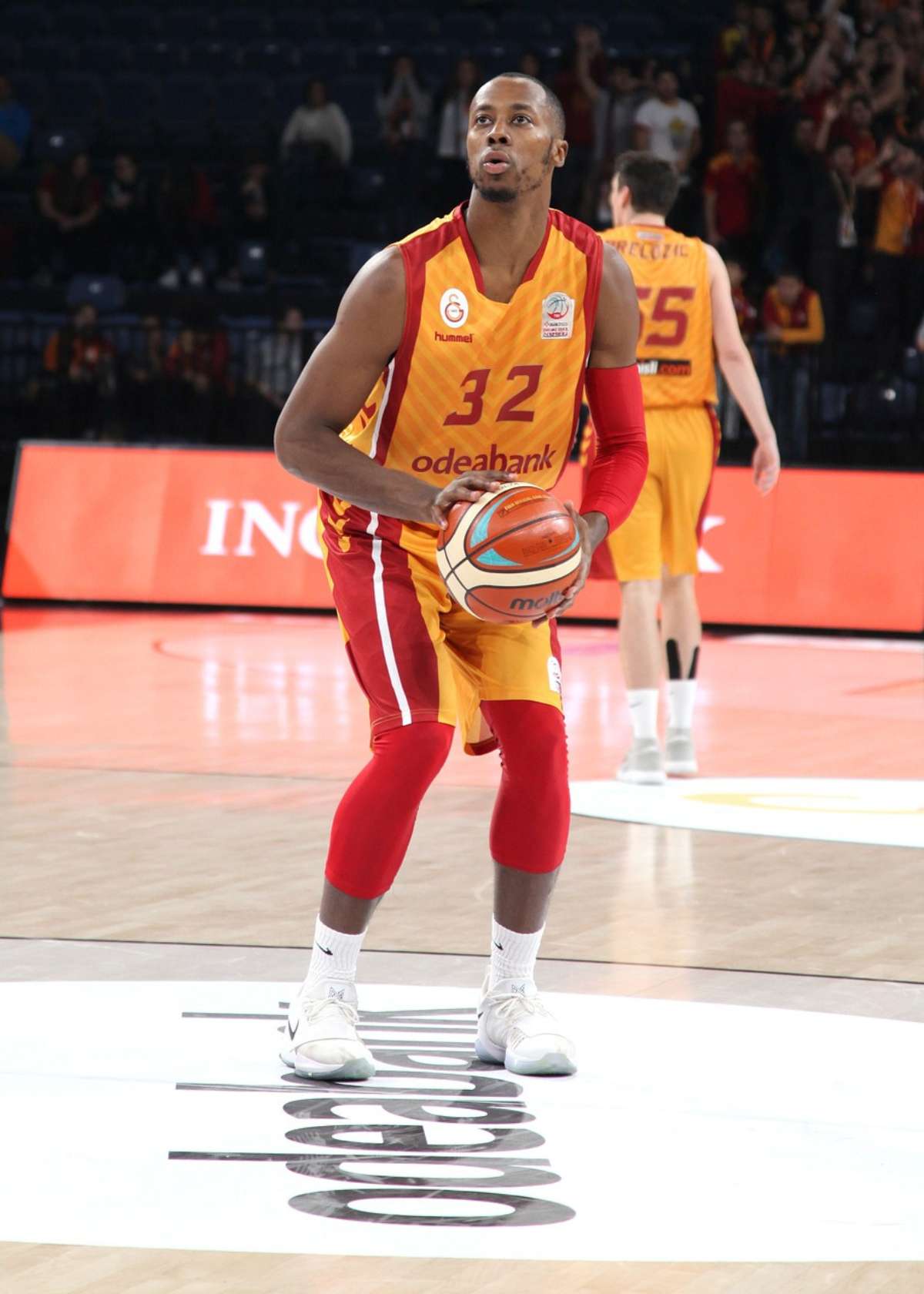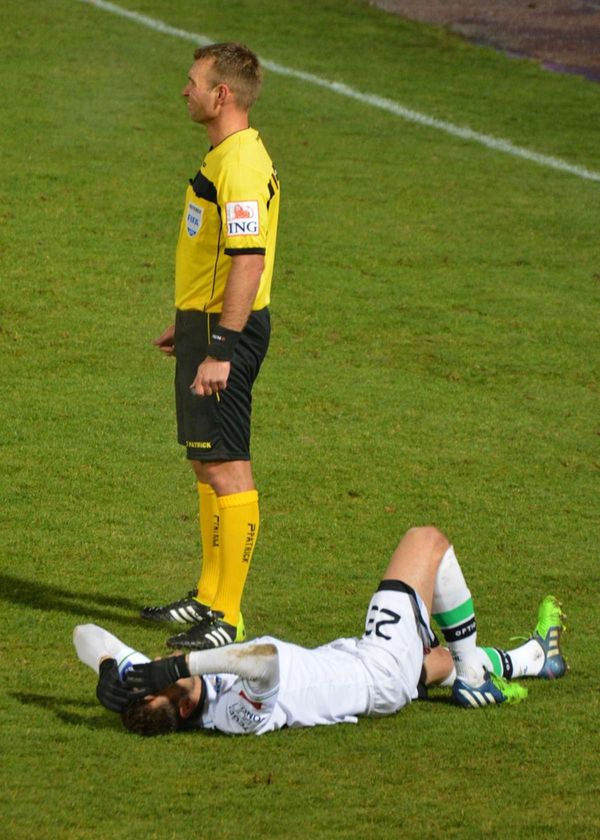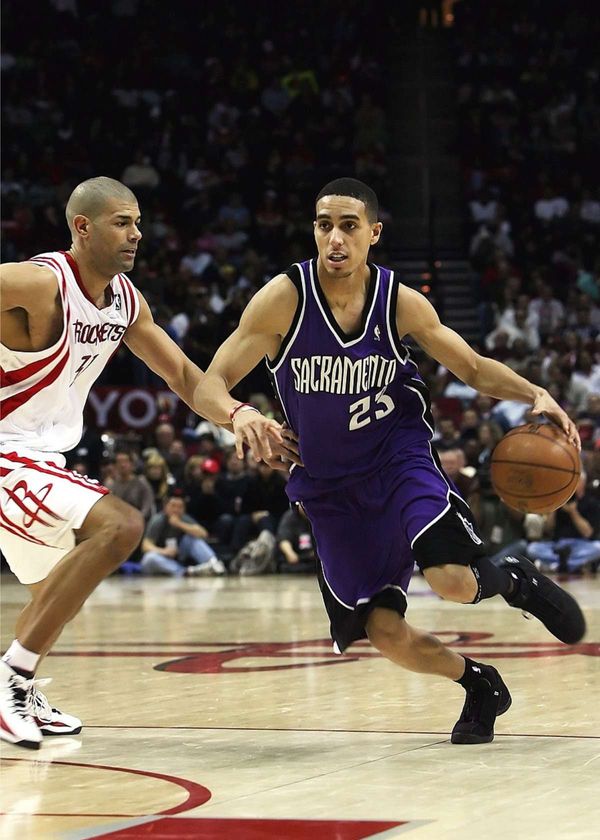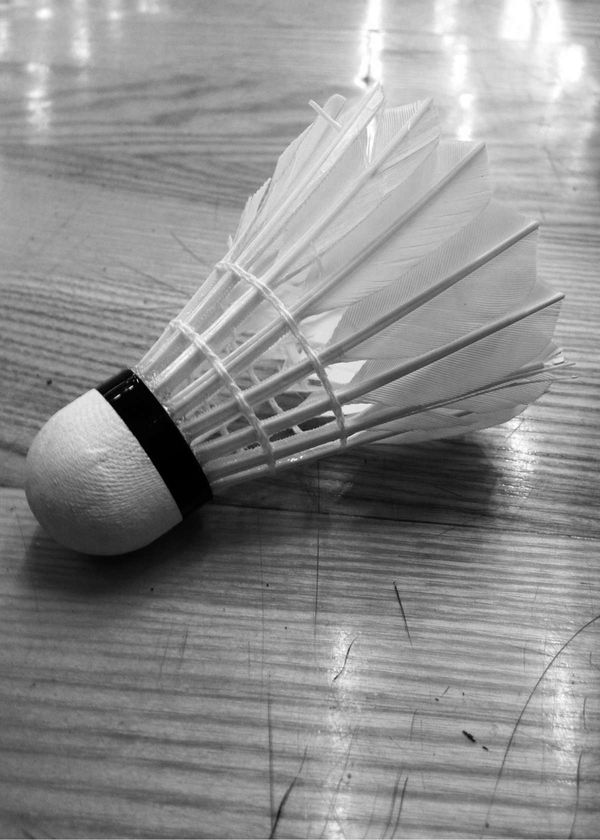If you're a die-hard basketball fan, you must have heard the term "bonus" a million times. If you're new to the game, the word might sound a little confusing. What does a bonus mean in basketball?
Simply put, it's a term that refers to the situation when one team fouls the other team too many times. In this blog post, we'll help you understand the concept of bonus in basketball, the rules surrounding it, and how teams use it to their advantage.
Decoding the Concept of Bonus in Basketball
In basketball, fouls are serious offenses that carry negative consequences for a team. When a team is over the limit for fouls in a given time frame, they enter the bonus.
Entering the bonus situation means every foul after that point allows the opposing team to shoot free throws. The amount of free throws awarded varies depending on the league and the severity of the foul.
Understanding the Rules: When Does the Bonus Come into Play?
The standard rule is that a team will go into the bonus when their opponents commit more than five fouls. This means that the opposing team gets free throws for all of the team's subsequent fouls.
However, in college and high school basketball, the bonus is triggered after the opponent's seventh foul. The NBA and the WNBA allow four team fouls before the bonus comes into play. The international basketball bonus rule also kicks in after the fourth team foul per quarter.
Comparing Leagues: Variations in Bonus Rules Across Different Basketball Leagues
As discussed earlier, each basketball league has its own rules regarding the bonus. Some leagues have a limit on the number of fouls that a player can commit before they're disqualified.
In the NBA, if a player commits five fouls, they're disqualified from the game. Also in FIBA, a player is disqualified after their fifth personal foul. In the NCAA, players are disqualified after five fouls while in high school basketball, they're disqualified also after five.
How Long Does a Bonus Last in the NBA?
The bonus situation lasts for the remainder of the quarter in basketball. Teams can earn as many free throws as possible, as long as they get fouled while they are in the bonus.
Can Both Teams Be in the Bonus?
Yes! It's a common occurrence in basketball to have both teams in the bonus situation simultaneously. This usually happens towards the end of games, when both teams are trying to score as many points as possible, leading to more fouls on the court.
When both teams are in the bonus, fouls are a serious issue, and free throws are a decisive factor in the game.
Game Dynamics: Role of Bonus in Altering Basketball Game Strategies
The bonus can significantly impact basketball games' dynamics, and teams use it to their advantage. For the team that enters the bonus, fouling is no longer an option as doing so would give the opponents free throws, which could lead to a momentum shift.
Meanwhile, for the team in the bonus, aggressive play can yield more fouls and free-throw opportunities.
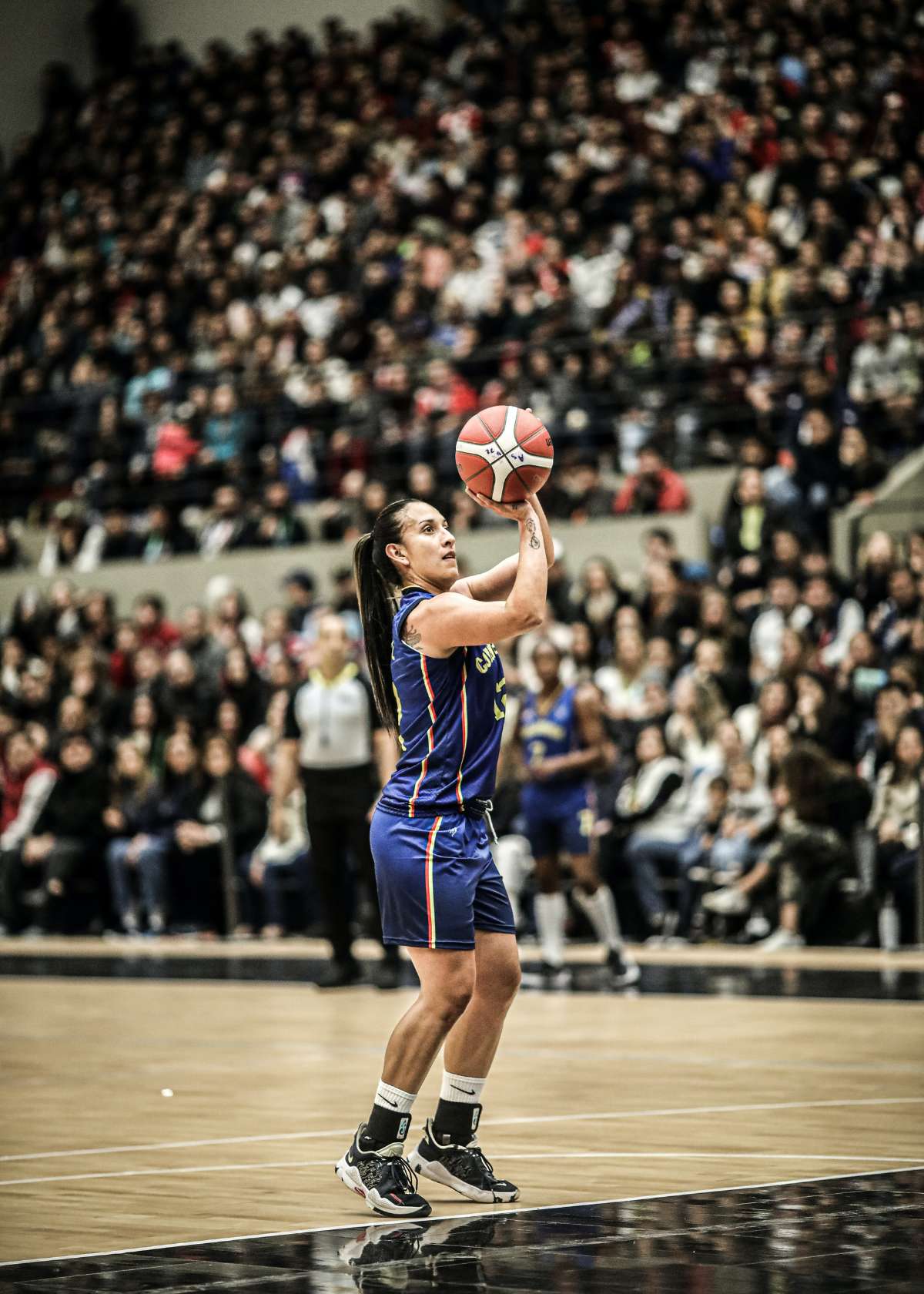
The Bonus and Free Throws: An Inextricable Link
As we've seen, the bonus situation leads to free-throw opportunities. The number of free throws awarded depends on the type of foul committed and the league's rules.
In the NBA, a foul in the bonus situation leads to two free throws. In college basketball, there's a unique one-and-one scenario.
The 'One-and-One' Situation: A Unique Aspect of College Basketball
In college basketball, after a team enters the bonus, the player fouled goes to the free-throw line for a one-and-one opportunity. The player has to make the first free throw to earn a second one. If the first free throw is missed, it means no second attempt, and the ball goes back into play.
Double Bonus: The Scenario That Changes the Game
The double bonus is a term used in basketball when a team commits a high number of fouls. When a team commits ten fouls, the opposing team enters the double bonus. This scenario leads to two free throws every time a team fouls.
This functions similarly to the bonus rule in the NBA, whereby the player is given two free throw shots regardless of the circumstances. The team fouls reset and the bonus is removed once the half ends until the team accumulates enough fouls once again.
The Advantage of Bonus: How Teams Utilize It for Victory
Successful teams understand the significance of the bonus and look for ways to use it in their favor. When a team enters the bonus situation, they adopt a more cautious approach to avoiding fouls.
When a team's opponents enter the bonus, they attack aggressively to earn additional free throws. Teams' strategy shifts significantly, depending on whether they're in or out of the bonus.
Noteworthy Instances: Memorable Bonus Situations in Basketball History
Several memorable bonus situations come to mind in basketball history. The infamous 2004 game between the Indiana Pacers and Detroit Pistons was a great example of bonus dynamics.
The Pistons were in the bonus situation for several minutes, while Pacers players earned multiple free throws as a result. Another memorable instance is the 2006 NBA Finals game between the Miami Heat and Dallas Mavericks.
Dwyane Wade earned fourteen foul shots by strategically taking advantage of the bonus situation.
Conclusion:
The bonus system in basketball is more than just a technical term. It's a strategic concept that basketball enthusiasts need to understand fully.
The bonus plays an important role in determining a team's victory. Teams need to understand the bonus rules to use them to their advantage.
For fans, watching games with knowledge of the bonus situation can significantly enhance the viewing experience. Overall, the bonus is an integral part of basketball that makes the game exciting to watch.
Discover the ultimate basketball gear through our extensive research! Explore the top choices currently on the market.
Explore our diverse collection of basketball and sports & fitness blogs!
